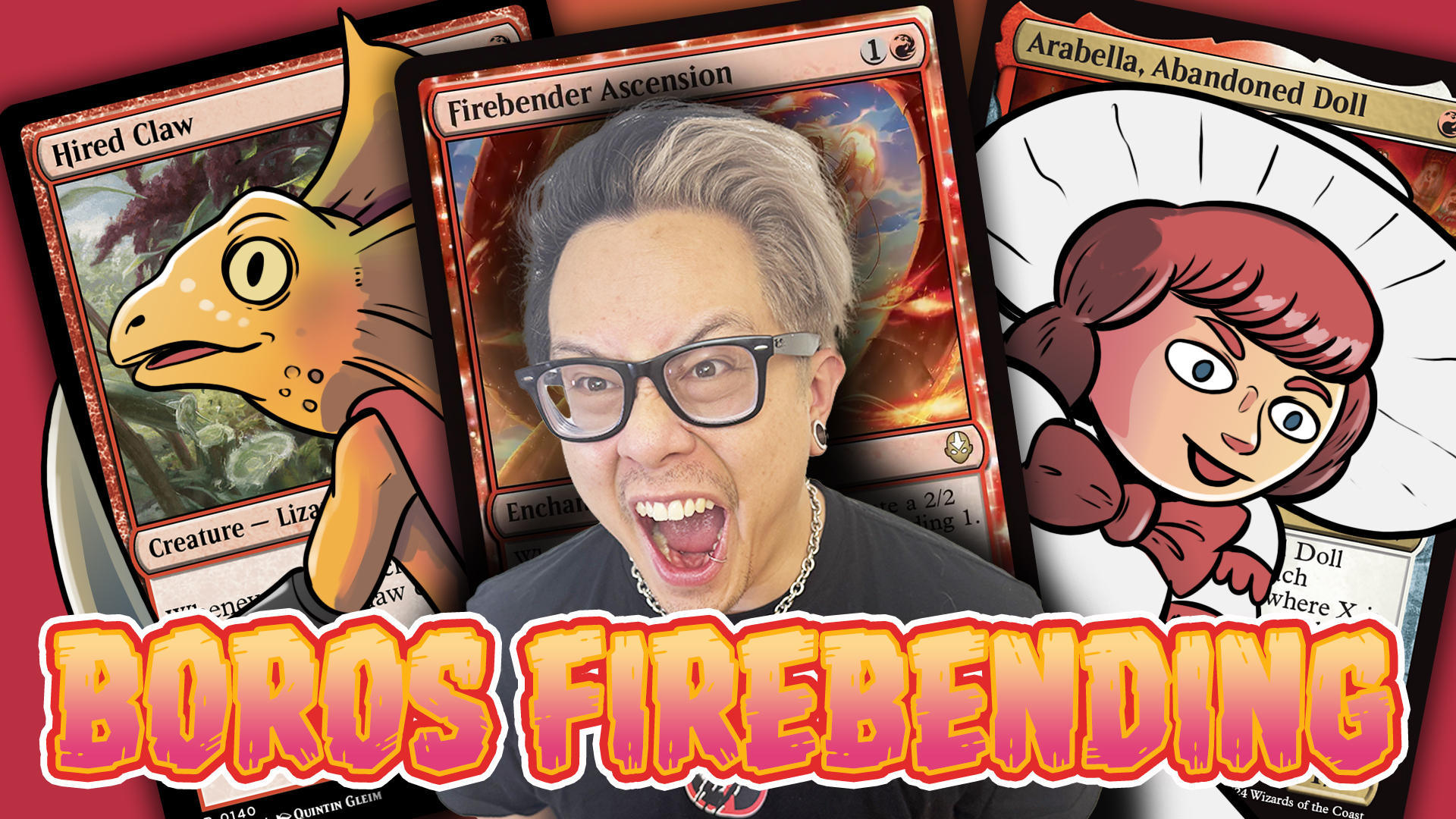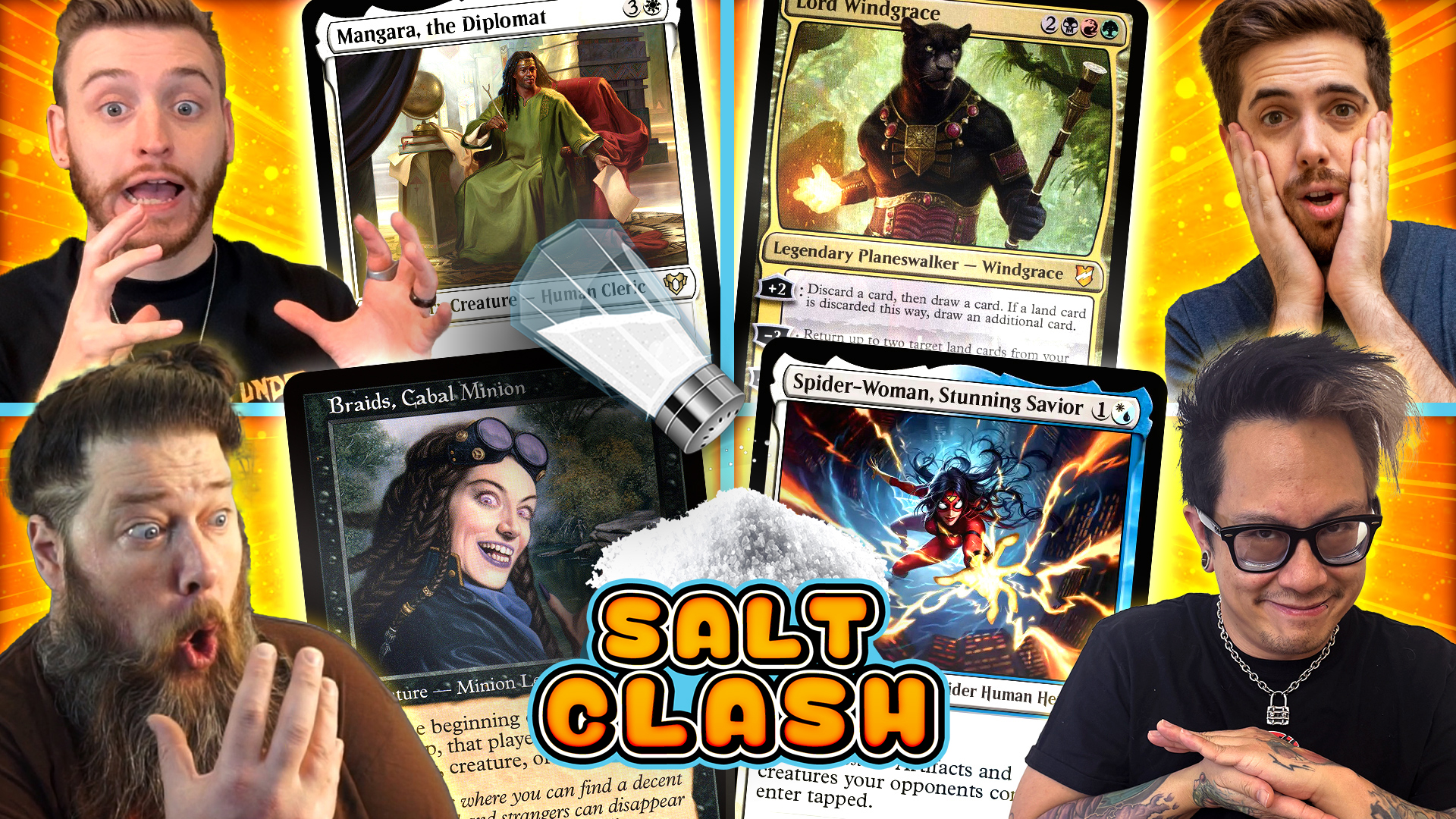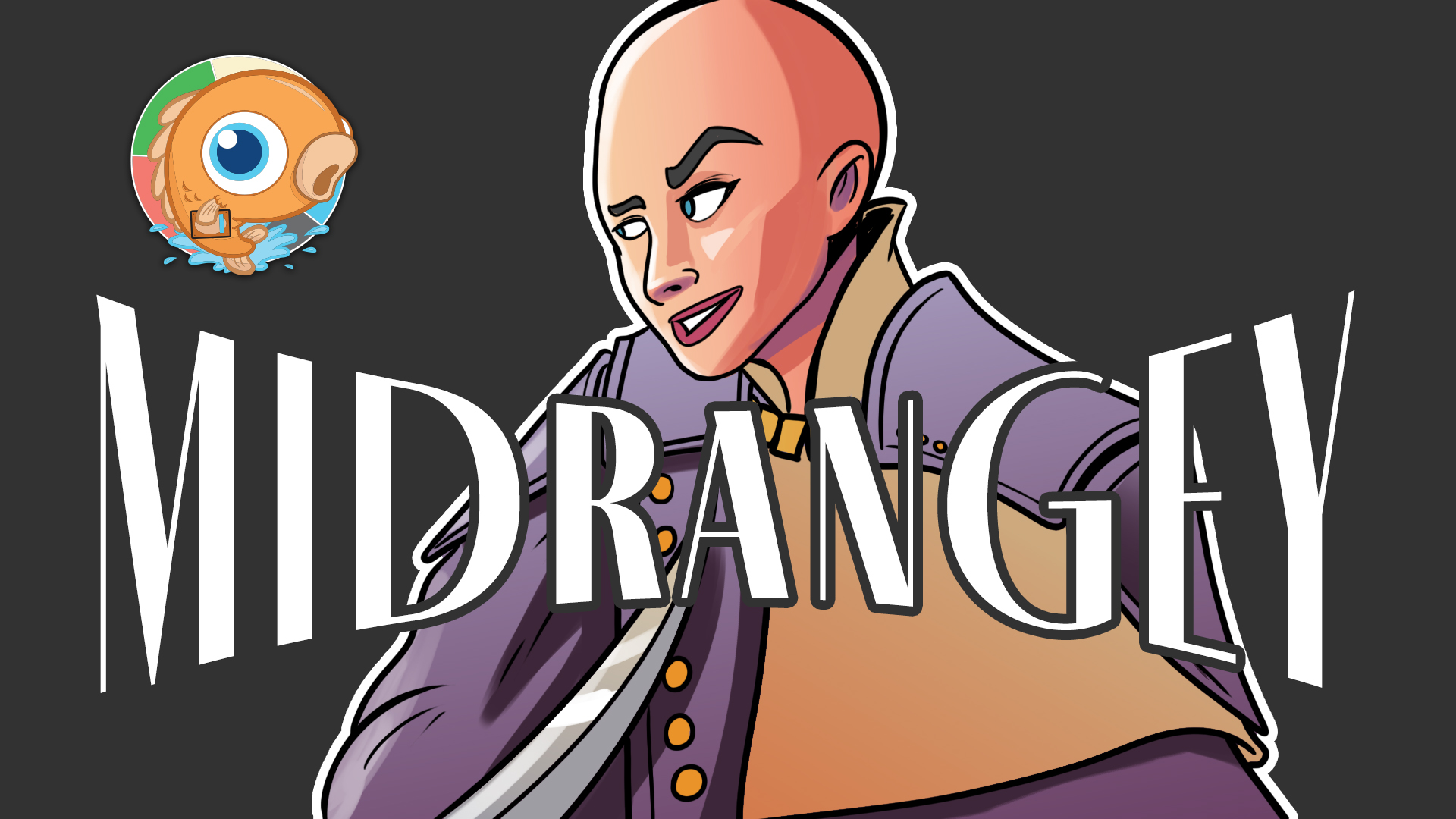Much Abrew: Can I Count to Seven? | Belcher (Modern)
Hello, everyone! Welcome to another episode of Much Abrew About Nothing. Apart from Blood Moon and Panharmonicon, there's nothing I love more in Magic than Zendikar Rising's MDFC lands, so this week, for Much Abrew, we're heading to Modern to play a deck featuring a mana base that's 100% MDFCs: Belcher! If you've never seen Goblin Charbelcher in action before, the deck is pretty simple: count to seven mana (which might be a challenge, considering we all know that counting goes one, two three, a million), play and activate Goblin Charbelcher, reveal our deck, hit our opponent for 40 or 50 damage, and win the game (as early as Turn 2)! How good is Goblin Charbelcher in Modern? Can I count all the way up to seven? Let's find out on this week's Much Abrew About Nothing!
Just a quick reminder: if you enjoy the Much Abrew About Nothing series and the other video content on MTGGoldfish, make sure to subscribe to the MTGGoldfish YouTube channel to keep up on all the latest and greatest.
Much Abrew: Belcher

Discussion
- Record-wise, we finished our league 3-2, which is a fine record, although somewhat disappointing considering we started off with three straight wins before dropping our last two matches to Ad Nauseam and Living End.

- While it sounds silly, playing Goblin Charbelcher really is mostly about counting up to seven—the amount of mana it takes to play and activate a Goblin Charbelcher and win the game. Our main goal is to get to seven mana as quickly as possible. Irencrag Feat is our best way to get the job done, jumping us from four mana to seven mana all by itself. But we also have cards like Strike It Rich, Desperate Ritual, and Pyretic Ritual to add additional mana. With our best draws, we can get to seven mana on Turn 2 (two lands, two rituals, and Irencrag Feat), giving Belcher one of the fastest kills possible in Modern.



- While Belcher is fast and consistent, it does have a drawback: it can really struggle with interaction. Since we often empty our hand of rituals to try to play and activate Goblin Charbelcher, if our opponent can use something like Force of Negation to counter Goblin Charbelcher itself, we not only lose our win condition but usually most of our hand as well, which makes it really tough to rebuild. Basically, Belcher looks to put the opponent to the "can you stop this?" test as quickly as possible. If our opponent passes the test with some form of interaction, they are likely to win, but if they fail, our reward is a very fast victory.
- Playing an all-MDFC mana base is weird. The reason for all the MDFCs is that Goblin Charbelcher reveals cards from our deck until we hit a land and then deals damage equal to the number of cards we reveal. Since MDFCs aren't lands in our deck, we technically have no lands at all, as far as Goblin Charbelcher is concerned, so we'll reveal our entire deck and deal an absurd amount of damage. However, playing only MDFCs comes with a cost: we don't have any dual lands, and we've got a lot of lands that come into play tapped. While I wouldn't recommend the all-MDFC plan for a normal deck, it is pretty hilarious that the printing of MDFC lands allows Belcher to be a thing in Modern.

- While most of our deck is simple, there is one pretty complicated card: Recross the Paths. Recross the Paths is another card that takes advantage of the fact that we don't have any real lands in our deck. The way it is supposed to work is that we cast it and reveal cards from our deck until we hit a land, and then we put that land into play and the revealed cards to the bottom of our library in any order. Well, since we don't have any lands in our deck, what actually happens when we resolve a Recross the Paths is that we'll reveal our entire deck and then stack it in any way we want, making it a strange mega–Vampiric Tutor.

- Playing Recross the Paths is interesting. While we occasionally just use it to tutor up a Goblin Charbelcher (if we already have the seven mana we need to win in hand), the most common way to play Recross the Paths is to stack our deck so Reforge the Soul is the first card that we'll draw, so that we can miracle it during our next turn to draw seven cards. Below Reforge the Soul, we can stack several mana worth of Desperate Rituals and Pyretic Rituals, an Irencrag Feat, a Goblin Charbelcher, and maybe a Pact of Negation if we are worried about disruption, which basically guarantees us the win the next turn!
- The sideboard of Belcher is solely dedicated to protecting our combo. Veil of Summer stops discard and counters, Pact of Negation stops counters, Leyline of Sanctity stops discard, Nature's Claim answers things like Pithing Needle, and Lightning Bolt and Fury kill Thalia, Guardian of Thraben and other creatures that can disrupt our combo. While I'm not 100% sure if it was correct, in general, my sideboard plan was to remove Manamorphose (assuming we're in a matchup where Blood Moon is good; otherwise, Blood Moon is the first cut) and replace it with whatever protection spell is best in the matchup. We did end up getting punished in our last match by not drawing any red mana (a drawback of not having dual lands), and having a Manamorphose to fix our mana likely would have let us win the game.
- So, should you play Belcher in Modern? If you're up to counting to seven a bunch of times, I think the answer is yes. The deck is fast and powerful, although it is somewhat matchup dependent. The main question is how you feel about goldfish-y combo decks. Belcher isn't the deck for you if you're looking to play a fair game of Magic where you interact with your opponent and attack with creatures, but the deck is solid if you're a fan of counting and combos. And while not technically budget, it is pretty cheap for a competitive Modern deck, at around $350 (plus, if you opened some Zendikar Rising, you might already have the mana base, which, outside of Blood Moon, is the most expensive part of the deck).
Conclusion
Anyway, that's all for today. As always, leave your thoughts, ideas, opinions, and suggestions in the comments, and you can reach me on Twitter @SaffronOlive or at SaffronOlive@MTGGoldfish.com.













